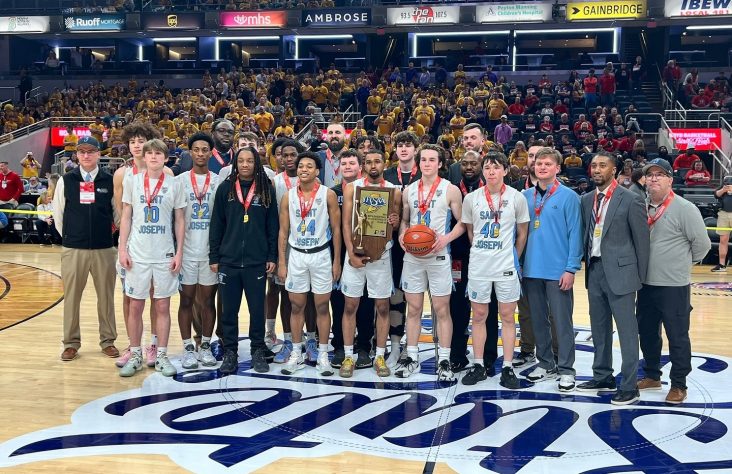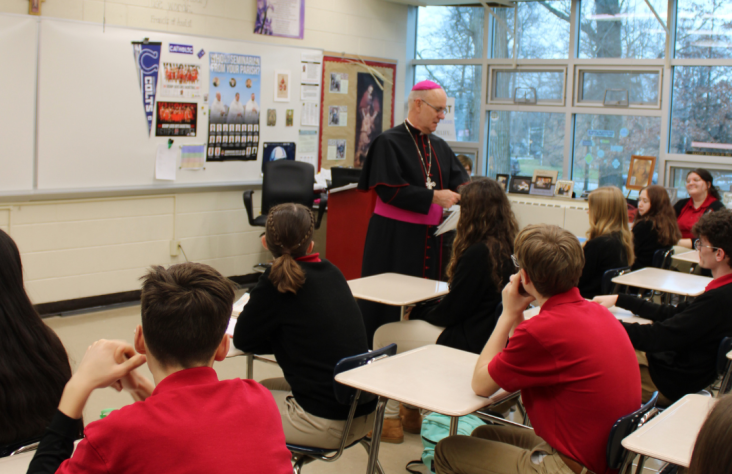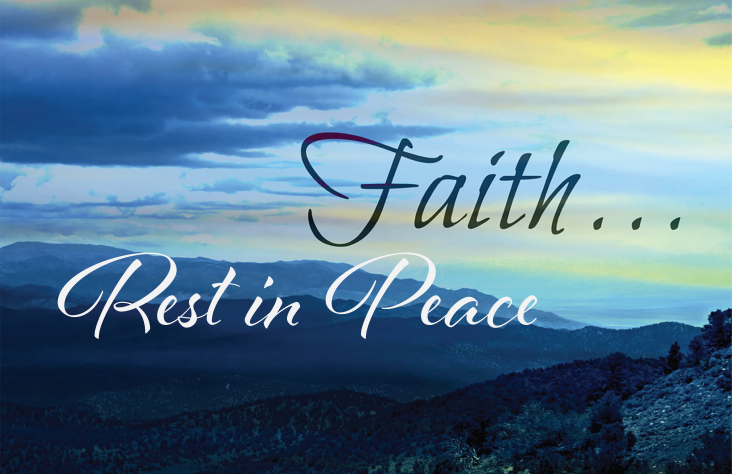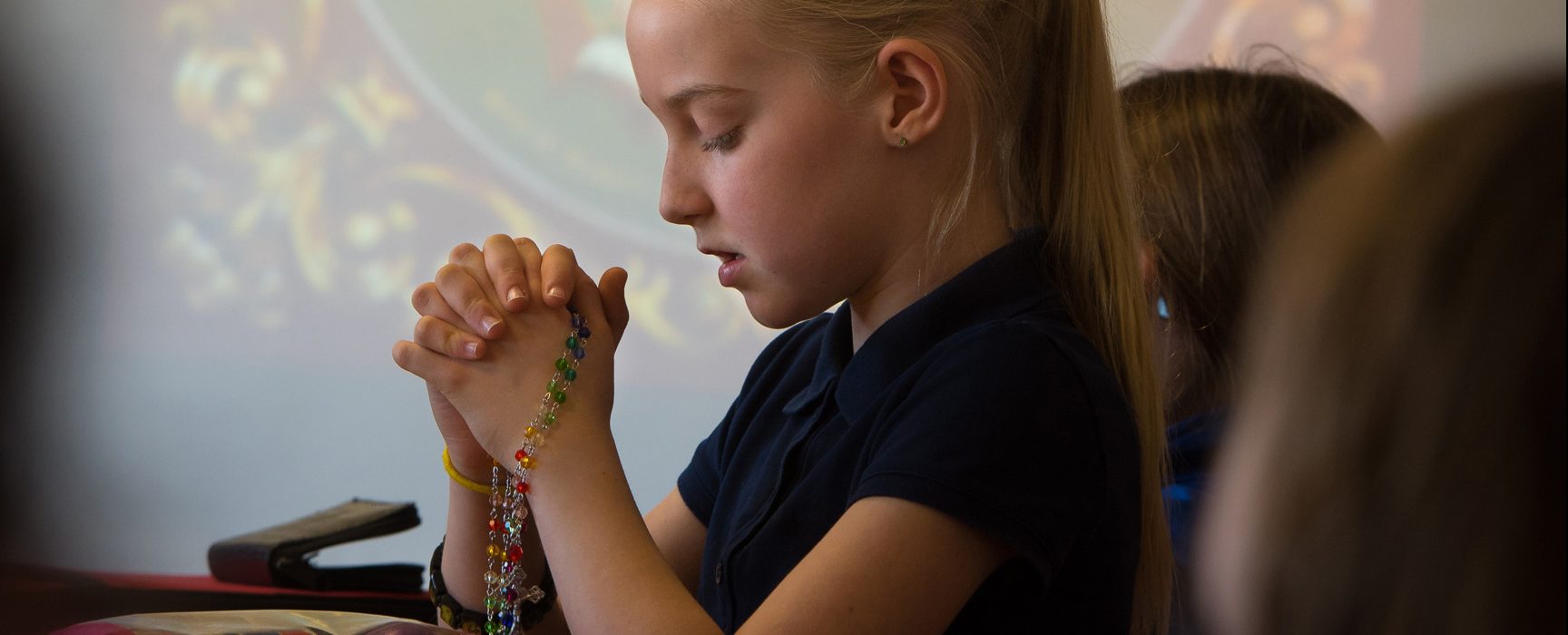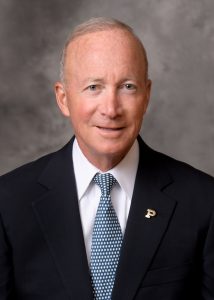April 14, 2021 // National
School Choice Scholarship Program: ‘Still more work to do’
As Indiana marks a decade of school choice and increased opportunities, legislation would expand the innovative program to more families.
Exactly 10 years after the passage of groundbreaking legislation that made Indiana a national leader in school choice, the Statehouse is in the spotlight again as lawmakers weigh the first major expansion to the program since 2013.
More than a quarter million Hoosier students have benefited from Indiana’s Choice Scholarship Program, more commonly known as the voucher program, since it was signed into law by then-Gov. Mitch Daniels in the spring of 2011. The current legislation under review would expand eligibility to allow even more parents to select the school they believe is best for their children — a move that advocates say is critical to extend educational opportunities to as many Hoosier families as possible.
As he was a decade ago, the lawmaker behind the current effort is Rep. Bob Behning, R-Indianapolis, chairman of the House Education Committee.
“The whole focus on what we did in 2011 was to put kids first,” Behning said. “That is not a condemnation of our traditional educational model. It’s just an acknowledgement that people are different, and as with everything else in life, choices are important. We have excellent schools across the state, but it is nearly impossible for them to meet every unique need of every child.
“While many Hoosier families already enjoy the flexibilities of Indiana’s school choice program, there is still a large group shut out of these opportunities,” Behning added. “When we started looking at the current eligibility requirements, we found a lot of hardworking families still could not send their child to the school of their choice.”
Behning’s proposed legislation, House Bill 1005, would help middle and upper-middle-class families still struggling to pay for private school tuition by raising the financial eligibility requirements for vouchers. Among other provisions, it also would increase the scholarship amount that a voucher student receives in a school year and create the Indiana Education Scholarship Account, which would provide eligible families funding to directly pay for tuition or other education-related expenses.
The bill, which passed out of the House, was not heard in committee in the Senate. Instead, efforts to expand school choice are now focused on negotiations over the state budget. The House version of the budget included all of the choice language found in Behning’s bill. Meanwhile, the recently released Senate version of the budget contained a scaled-down version of the expansions.
Choice advocates are hopeful that the final budget, through conference committee negotiations, will more closely resemble the House’s version of the choice expansions. Two of the strongest supporters of these efforts are the Indiana Catholic Conference and the Indiana Non-Public Education Association — two organizations that were instrumental in the creation and passage of the original measure 10 years ago.
“Approximately 273,000 Hoosier students have been blessed with the ability to make an educational choice because of the Choice Scholarship legislation enacted in 2011, and I have been privileged to directly hear the life-changing stories shared by many of those families,” said John Elcesser, executive director of the INPEA, which represents the state’s more than 400 non-public schools, including Indiana’s 175 Catholic schools. “It is heartening that both the Indiana House and Senate too see the value of providing more educational opportunities as evidenced in their budget commitments to expand choice in Indiana.
“The question that remains during the final days of the 2021 General Assembly session is how many more families will be provided that same opportunity? We hope our legislators will be bold in that decision by providing more opportunities for more families — for the betterment of all Hoosier students.”
The idea that choice would improve all schools, both public and non-public, and the efforts that culminated in the 2011 legislation, were bold from the beginning. For decades, lawmakers and advocates including the ICC and the INPEA had been working toward making school choice a reality in the state. Those plans finally reached fruition under the leadership of Gov. Daniels, who made education reform one of the cornerstones of his agenda.
“We must begin to honor the parents of Indiana,” Daniels had said in his 2011 State of the State address, a few months before passage of the Choice Scholarship legislation. “We must trust them, and respect them enough, to decide when, where and how their children can receive the best education, and therefore the best chance in life. For families who cannot find the right traditional public school, or the right charter public school for their child, and are not wealthy enough to move near one, justice requires that we help. We should let these families apply dollars that the state spends on their child to the non-government school of their choice.”
Now, 10 years later, the former governor reflected on the initiative.
“Providing poor and minority families the same choice of schools that their wealthier neighbors enjoy is the purest example of ‘social justice’ in our society today,” said Daniels, who has served as president of Purdue University since completing his second term as governor of Indiana in 2013. “The baseless
and plainly self-interested arguments made against this program by the usual special interests only underscore its validity. I will always be proud that Indiana has established itself as a national leader in expanding opportunity and protecting the interests of its less fortunate citizens in this critical realm of life.”
‘Every piece is essential’
For Glenn Tebbe, who served as executive director of the ICC during those years, Daniels’ support and influence cannot be overstated when looking back on what occurred a decade ago.
“His commitment was critical to enable it to happen,” said Tebbe, who retired last May after 16 years at the helm of the ICC, the public policy voice of the Catholic Church in Indiana. “(School choice) will always be one of his greatest legacies in state government.”
Tebbe recalled strategy sessions at the governor’s residence with other key players, including Elcesser, who took over Tebbe’s former role at the INPEA in 2008.
“Gov. Daniels was very engaged throughout the process,” Tebbe said. “He put several questions directly at me, making sure we were going to do our part if he was doing his part.”
The issue of providing support for families to help them direct their children’s education had been a matter of long-standing importance to the Catholic Church, according to Tebbe. In fact, it was one of the priorities that the ICC took on after its formation in 1966.
An early success came 50 years ago, when the ICC, working in partnership with other stakeholders including Lutherans in the state, built a strong case that non-public schools provided a vital public service and saved Indiana taxpayers at least $78 million annually. History was made on March 12, 1971, when the Indiana House passed the first bill that would have provided state aid to non-public schools.
Although the bill was later voted down by the Senate, this effort laid the groundwork for future efforts by the ICC and its allies, who would see major success in decades to come. In 2009, also during the Daniels administration, the state legislature passed the Scholarship Tax Credit program, which built momentum for the school choice legislation that would follow two years later.
From the beginning of the ICC’s efforts, and now continuing under the leadership of Tebbe’s successor, Angela Espada, partnering with allies has been key.
“Working collaboratively with others was the model from the beginning, and this is how the school choice legislation eventually passed,” Tebbe said. “It’s like a mosaic. There are a lot of different pieces, and every piece is essential. It’s not a complete picture until that last piece is in place, and that’s what happened 10 years ago.”
‘Still the gold standard’
Another key player — and one who brought experience in both private and public school education to the table — was Dr. Tony Bennett, who was elected state superintendent of public instruction during the Daniels administration.
A product of Catholic schools, the graduate of Our Lady of Providence High School in Clarksville, Ind., ran for the office in 2008 and won, playing a critical role in shepherding the governor’s ambitious education reform agenda. In doing so, he and others in state government at the time faced fierce opposition from teachers’ unions and other organizations — many of the same critics opposing the expansion legislation at the Statehouse today.
Legal challenges also followed the 2011 legislation, but in 2013, the Indiana Supreme Court unanimously ruled the program constitutional, arguing that it is the families — not the schools — that mainly benefit from it.
Bennett says he is heartened by the fact that since Indiana led the way in 2011 with the most comprehensive school choice program in the nation, so many states have passed or are currently considering school choice legislation.
“I believe that what we did has withstood the test of time,” said Bennett, who now serves as senior vice president of K12 Inc., the nation’s leading provider of online school curricula. “Indiana’s school choice program is still considered the gold standard.”
He and others credit key members of the coalition like Robert Enlow, currently president and chief executive officer of education reform organization EdChoice, with helping to craft the robust public policy case behind the Choice Scholarship legislation.
In recent months, The Wall Street Journal has covered school choice extensively, including research from the University of Arkansas that reveals better test results and student growth in states offering more school options.
Betsy Wiley, who served as deputy chief of staff in the Daniels administration and remains heavily involved in the school choice movement, points to this and other evidence to support the case for school choice. And like other advocates, she is a staunch supporter of the expansion legislation under review at the Statehouse.
“Mitch was always a true believer in education being the great equalizer,” said Wiley, now president and chief executive officer of the Institute for Quality Education and Hoosiers for Quality Education. “Having that support at the very top, combined with the support that our coalition was able to put together at the grassroots level is what drove success 10 years ago.
“But not every family in Indiana has every option available to them yet,” Wiley continued. “Until that happens, we still have more work to do.”
School choice myths and facts
The same arguments that opponents of school choice leveled against Indiana’s voucher program when it was introduced a decade ago are back in the public arena.
Then and now, one of the leading voices countering those attacks is the Indiana Non-Public Education Association, the only organization focused solely on supporting the 400 non-public schools in the state.
“There has been a growing negative narrative in the media from opponents to the proposed school choice expansions under consideration at the Statehouse,” said John Elcesser, executive director of the INPEA. “Let’s separate fact from fiction. Of course, if you want the full story, take a look beyond the numbers and ask a parent whose children’s lives have been impacted by the program.”
The INPEA, whose member schools include Indiana’s 175 Catholic schools, has compiled a list of common myths about school choice — along with the facts that refute them.
MYTH 1: Choice undermines public school funding and costs taxpayers and public schools.
FACTS: Students who receive a voucher make up 3% of Indiana’s entire K-12 student population, but they receive only 2% of the funding allocated for K-12 education.
For the 2019-20 school year, the average voucher amount in Indiana was $4,707, compared to the average traditional public-school state tuition support amount of $6,872 (the amount allocated per student from the state). This means that a voucher student receives, on average, $2,000 less in state money for his or her education. In addition, voucher students do not receive any federal or local dollars.
In the 2019-20 school year, Indiana awarded approximately $173 million in school vouchers. If each of the 36,707 voucher students would have attended their district public school instead of a private school, the state would have spent approximately $239 million in tuition support for those students. That’s a savings to the state of about $66 million.
MYTH 2: Choice does not lead to better academic outcomes for students.
FACTS: Student academic growth scores from the Indiana Department of Education, which measure the amount of assessed learning over a one-year period, found that in 2019 eight out of the top 10 schools were voucher-accepting schools.The top five schools in terms of growth were all voucher-accepting schools.
In terms of student proficiency, which is measured by pass rates on state standardized tests, findings from the 2018 ILEARN/ISTEP tests revealed: Six of the top seven schools in the state on the ISTEP 10 were non-public (voucher) schools. Twenty-five of the top 50 high schools were non-public (voucher) schools. Nineteen of the top 50 grade 3-8 schools were non-public (voucher) schools.
MYTH 3: Choice programs do not have the same accountability as public schools.
FACTS: All voucher-accepting non-public schools must be accredited.
Voucher-accepting non-public schools must administer the ILEARN test and receive A-F grades like all other schools.
Unlike public schools, voucher-accepting non-public schools are subject to consequences if they are low academic performers for two years (D- or F-rated schools).
The truest form of accountability is choice. No one is automatically assigned to a non-public school. Parents have to choose to send their child to one of these schools, and they can also choose to leave that school if it is not working.
MYTH 4: Choice programs allow for discrimination.
FACTS: Nine out of 10 national empirical studies show that choice programs lead to less segregation.
Voucher students are lower-income compared to traditional public school students. Statewide, 70% of voucher students are on free and reduced-price lunch compared to 47% of public school students.
Voucher students in Indiana are more racially diverse compared to traditional public school students. Voucher students: 57% white, 43% minority. Traditional public school students: 68% white, 32% minority.
Established in 1974, the INPEA is a leading advocate for parents’ ability to choose the best school setting for their children. The organization has been an important choice coalition partner during the 10 years of the Indiana Choice Scholarship (voucher) Program and is a key resource for schools, education leaders and public officials.
For more information, including access to INPEA podcasts, position papers and research data, visit www.inpea.org.
To follow this and other priority legislation of the ICC, visit www.indianacc.org. This website includes access to I-CAN, the Indiana Catholic Action Network, which offers the Church’s position on key issues. Those who sign up for I-CAN receive alerts on legislation moving forward and ways to contact their elected representatives.
The best news. Delivered to your inbox.
Subscribe to our mailing list today.

